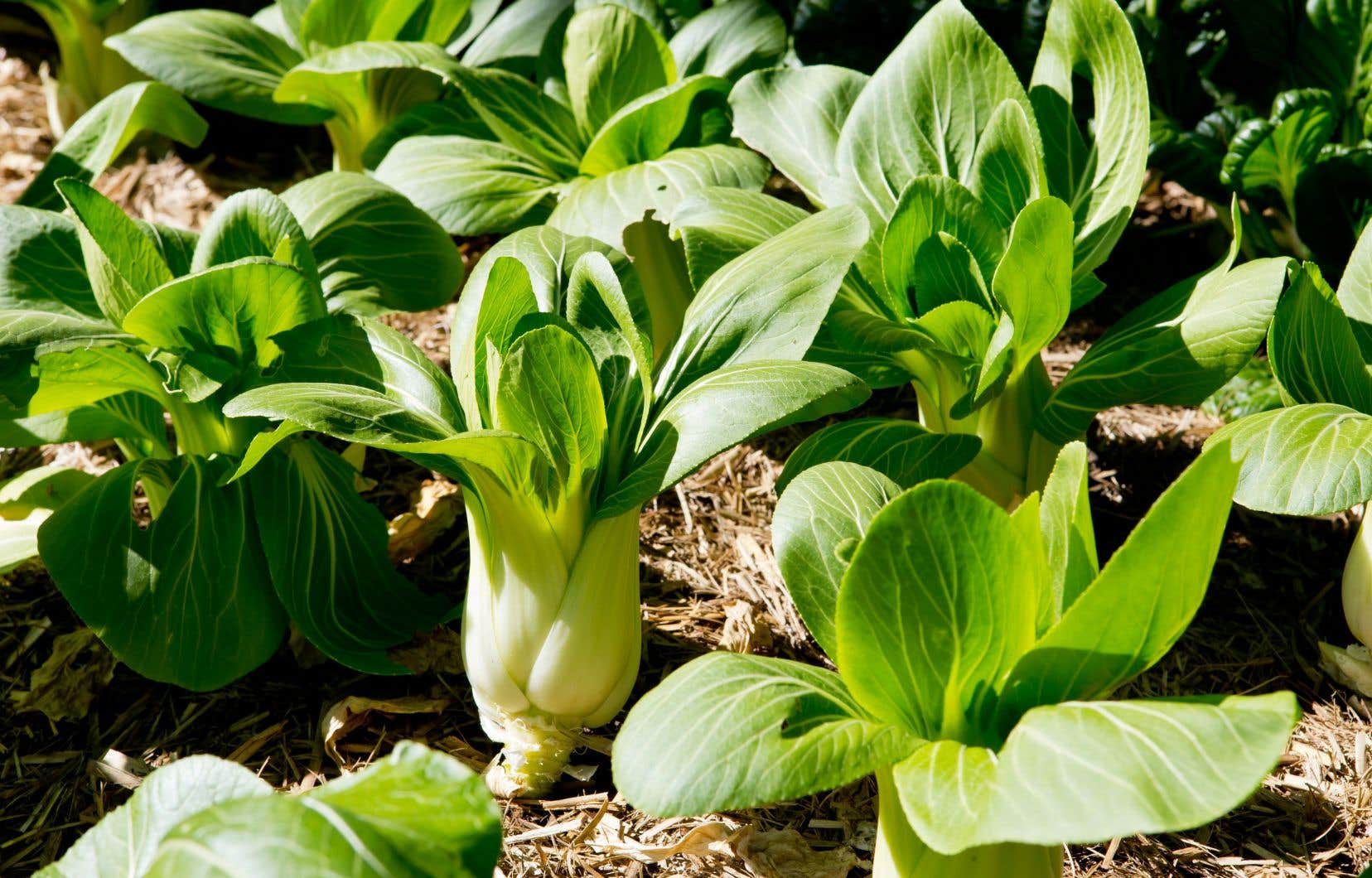This text is part of the special Pleasures notebook
In order to diversify your vegetable garden, it is strongly suggested to plant several types of vegetables to obtain harvests that are not only varied, but above all succulent. Should cruciferous vegetables make a place for themselves in your garden? The answer is without a doubt: yes!
Cruciferous vegetables are a family that encompasses a variety of healthy and tasty vegetables. Iconic members include cabbage, broccoli, cauliflower, and kale. Radishes and arugula are also part of the family. Also known as brassicas, these vegetables are versatile and packed with nutrients, like vitamins C and K, and dietary fiber. Growing them for fun (and maybe a challenge!) will add flavor to your recipes and variety to your plate. Many are easy to grow, but others require a little more care.
Some family members
- Bok choy (Brassica rapa ssp. chinensis)
- Cabbage (Brassica oleracea)
- Brussels sprouts (Brassica oleracea var. gemmifera)
- Cauliflower (Brassica oleracea var. botrytis)
- Radish (Raphanus sativus)
- Watercress (Nasturtium officinale)
- Mustard (Brassica juncea)
- Turnip (rabiole) (Brassica rapa var. rapa)
- Rapini (Brassica rapa var. ruvo)
- Rocket (Eruca sativa)
- Rutabaga (Brassica napus)
- Broccoli (Brassica oleracea var. italica)
Needs
Soil plays an important role in growing cruciferous vegetables. They prefer well-drained soil, rich in organic matter and with a pH between 6 and 7. A soil ranging from slightly acidic to neutral is therefore optimal for good growth. Before planting your seedlings, it is recommended to add compost to improve the soil structure and supplement it. It is also essential to plan plantings in a fully sunny or slightly shaded area for arugula and root vegetables (radishes, turnips, rutabagas).
Planting
Since this family prefers cooler temperatures, it can be planted before the last risk of frost, usually between the first and third week of May, depending on the region. Climates that are too hot can even cause broccoli and rapini to flower too quickly. Small yellow flowers will appear and the heads will unfortunately not form.
When planting, there is no need to add mycorrhizae: the fungus does not colonize members of this family. These vegetables will instead require an application of granular vegetable fertilizer once a month (or according to the manufacturer’s instructions).
Maximize space
Radishes will be the first vegetables to be sown in the garden, and even ready to be picked before planting the tomatoes. For turnips, it is advisable to put them directly in the ground around mid-July. And this, once some species like salads and spinach have been harvested and empty spaces have appeared in the vegetable garden. What a great use of space!
Harvest
Harvesting time depends on the vegetable being grown. You should rely on the information on the labels and seed packets to determine the best time. Some varieties, such as kale, will be harvested throughout the summer as needed, while radishes will be harvested only once, within a month of sowing. Summer cabbage should be harvested as soon as it is ready (about 60 to 70 days after planting) or the head will crack. It should be stored in a cool place or eaten quickly. If you are growing cabbages for storage, choose winter cabbages instead.
Since cruciferous vegetables like cool temperatures, some vegetables such as winter cabbages and kale can be harvested very late, almost under the snow! The cold increases the sugar level and the taste is thus improved… like that of Brussels sprouts!
It is recommended to cover the small white cauliflower head when it is the size of a two-dollar coin. Simply fold the leaves over it to block the sun and allow it to retain its whiteness. The leaves can also be tied with a rubber band or even stapled together. There are also now some varieties that are self-covering and do not need this operation. Ask at your garden center.
This content was produced by the Special Publications Team of Dutyrelevant to marketing. The writing of the Duty did not take part in it.
